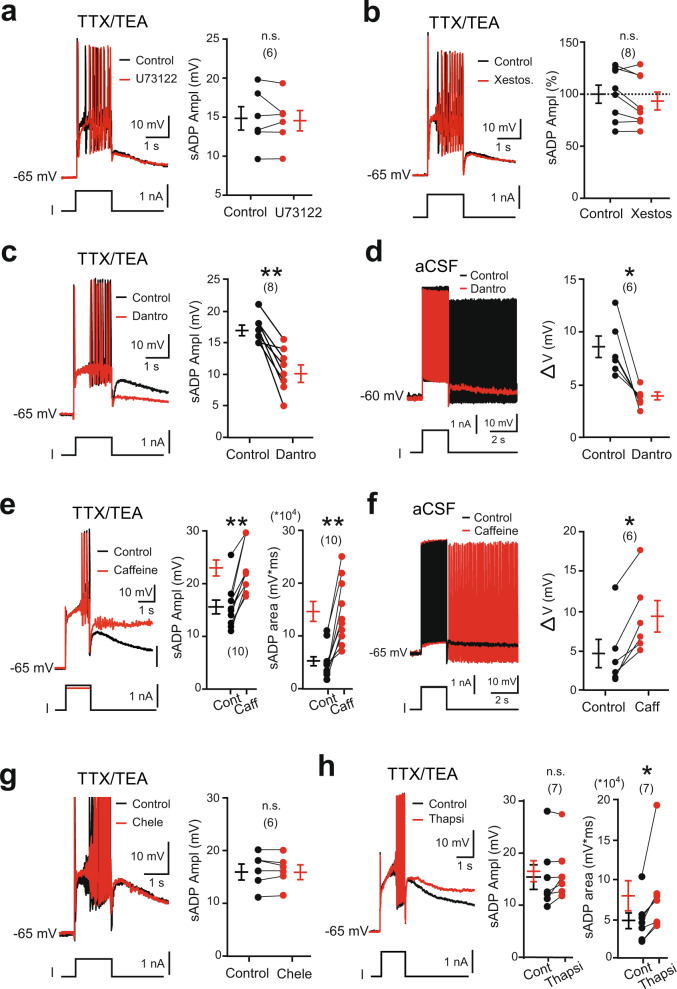Fig. 4. Ryanodine-operated Ca2+ release activates Trpm5 to promote bistability in motoneurons.
a–h Left: superimposition of voltage traces from motoneurons in response to a 2-s depolarizing current pulse recorded with (a–c, e, g, h) or without (d, f) TTX/TEA before and after bath-applying U73122 (a, 10 µM, n = 2 mice), xestospongin C (b, 1–2.5 µM, n = 2 mice), dantrolene (c, d, 30 µM, n = 5 mice), caffeine (e, f, 30 µM–5 mM, n = 5 mice), chelerythrin (g, 10 µM, n = 3 mice), or thapsigargin (h, 1 µM, n = 3 mice), right: quantification of the area and/or amplitude of the sADP (a–c, e, g, h) or of the ΔV (d, f) defined as the difference between the most depolarized pre-stimulus holding potential and the most hyperpolarized holding potential for which self-sustained firing can be triggered (see Supplementary Fig. 1). Numbers in brackets indicate the numbers of recorded motoneurons. n.s., no significance; *P < 0.05; **P < 0.01 (two-tailed Wilcoxon paired test). Mean ± SEM. For detailed P values, see Source data. Source data are provided as a Source data file. See also Supplementary Fig. 6.

